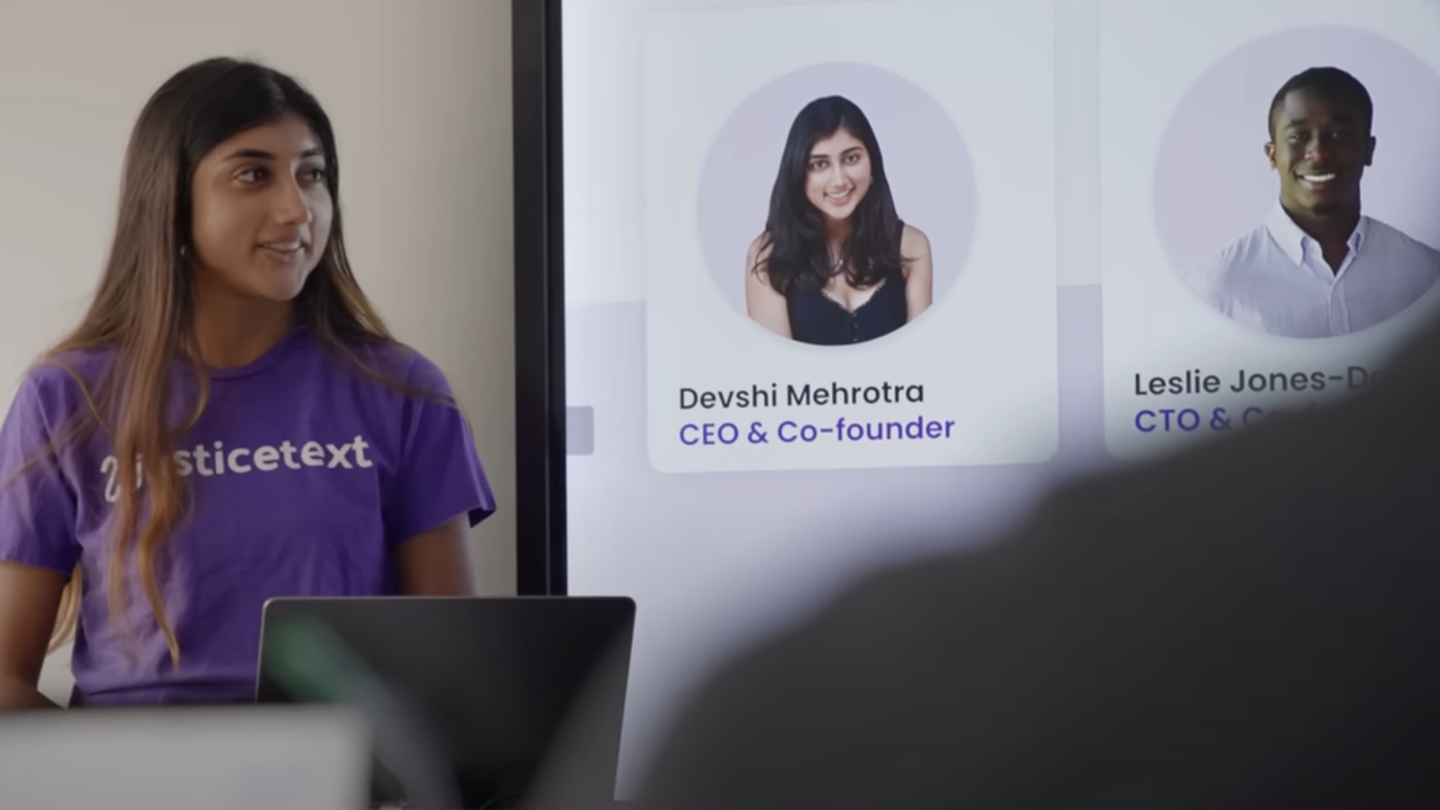The state of the U.S. public defense system can be summed up in one number. Seven, to be exact. Seven minutes of time.
That’s the average amount of time some public defenders can dedicate to any one case. In some states, underfunding and overwhelming caseloads are forcing even the best public defenders to cut corners.
On the other hand, prosecutors and law enforcement tend to have larger teams, resources, and budgets for their work. This imbalance in the criminal justice system translates into real-world consequences for low-income defendants.
“There’s a broad source of funding that is not always available to public defense. And the clients end up getting cheated,” says Alex Bunin, chief public defender for Harris County, Texas.
It means people are spending more time in jail or being wrongly convicted simply because they can’t afford to hire their own attorneys.
JusticeText uses AI in innovative ways
Devshi Mehrotra and Leslie Jones-Dove, two young tech entrepreneurs, are trying to shift the balance. They’re using artificial intelligence to help this underserved community by supporting the critical work done by their public defenders.
“We’re not just going to accept things as they are. We’re going to change things,” says Jones-Dove, who met Mehrotra when they were both computer science students at the University of Chicago.
“We want to build technology that improves outcomes for the individuals in the communities that public defenders serve,” says Mehrotra.
These two believe that restoring balance to the criminal justice system is key to improving public safety in America. That’s why they’ve founded JusticeText, an AI platform that’s saving public defenders many hours of work on every case.
“There’s an incredible amount of information that’s being collected today,” says Mehrotra. “Every police interaction, every interrogation, every deposition is now being recorded. But public defenders, the people who are best positioned to hold these powerful entities in check, have no staff, no time, and no technology to be able to actually sift through all of this data.”
On the surface, the growing amount of video evidence sounds like it would be good for defendants trying to prove their innocence. In real life, the increased burden of hours and hours of footage for their lawyers to review is leading to poorer outcomes for defendants.
Sign up for the Stand Together newsletter and get stories, ideas, and advice from changemakers to help you tackle America’s biggest problems.
JusticeText can analyze critical video evidence for public defenders
JusticeText is designed to do some of the defenders’ heavy lifting. It’s a transcription and machine learning platform that helps lawyers analyze and organize critical audio and video footage—evidence so overwhelming that it would otherwise likely go unused in their clients’ defense.
Mehrotra says she and Jones-Dove came up with the idea for JusticeText while they were going to school in Chicago. “One of the things that really shaped our experiences as undergrads was the murder of Laquan McDonald,” she says.
McDonald, a 17-year-old Black American, was shot 16 times by a local police officer. Dashcam footage was critical in revealing that McDonald had not posed a threat to anyone’s safety when he was shot. The officer shot him while he was walking away from the scene. It had taken 13 months and a court order before the dashcam footage was released. The officer was indicted on murder charges that same day.
“We quickly realized that this was a problem that our background in computer science and technology could be well-suited to help and address,” says Mehrotra. “But we didn’t have the lived experience of working within the criminal justice system.”
So they asked the people who deal with public safety every day.
“Public defenders are specialized in the criminal defense of people who can’t afford lawyers. The mission is to make public defense as good as it can be because people need a fair defense,” says Bunin, the Harris County public defender. “Right now, with the explosion of audio and visual, I think most public defender offices are overloaded and can’t even get to reviewing a lot of the video evidence.”
Without that evidence, many people aren’t getting their fair shot at defense and due process, and we often never get to the truth of what happened.
“At JusticeText, we’re using artificial intelligence to quickly sift through hours and hours of this footage to transcribe that data and automatically pull out key moments that would be relevant for a public defender,” says Mehrotra.
The platform can transcribe up to 50 files in less than 30 minutes. Once the footage is transcribed, “It automatically flags key moments, like when a client was read their Miranda warning, when they were administered their field sobriety test, the moment of arrest,” says Mehrotra. “By doing that, we make it easy for public defenders to identify any possible contradictions and what was actually captured on video.”
JusticeText AI helps all defendants
Mehrotra and Jones-Dove hope that by enabling public defenders to better analyze all the necessary data for their clients, more innocent people will stay out of prison.
“It has helped me resolve cases in ways that I probably wouldn’t have been able to before, in terms of getting dismissals or getting reductions in charges,” says Jen Gaut, a public defender in Harris County who has also used the technology.
“Until we had this sort of technology, we had to rely on the truth of the offense report. And now we’re seeing that the offense report and the truth may not necessarily line up,” says Jacquelyn Carpenter, another Harris County public defender. “Like an arson case that I had. That case got dismissed outright, but it was because of what was on the body cam.”
This technology is already being used by hundreds of public defenders across the country. Mehrotra and Jones-Dove hope that by bringing more balance, JusticeText can make a significant difference in due process and justice for all defendants in our country, allowing the system to focus resources on reducing crime and ensuring public safety.
“We figure it saves lawyers about 50% of their review time,” says Bunin.
“We want users to be able to come to our platform and quickly be able to answer all the questions that they’re looking to answer and really get back to the fundamentals of the case,” says Jones-Dove.
“We want to be part of what redefining public safety means in America and the role that public defenders play in holding our criminal legal system accountable,” says Mehrotra.
JusticeText is supported by Stand Together Ventures Lab, which invests in and supports founders and their early-stage start-ups that are challenging the status quo.
Learn more about Stand Together’s criminal justice efforts.
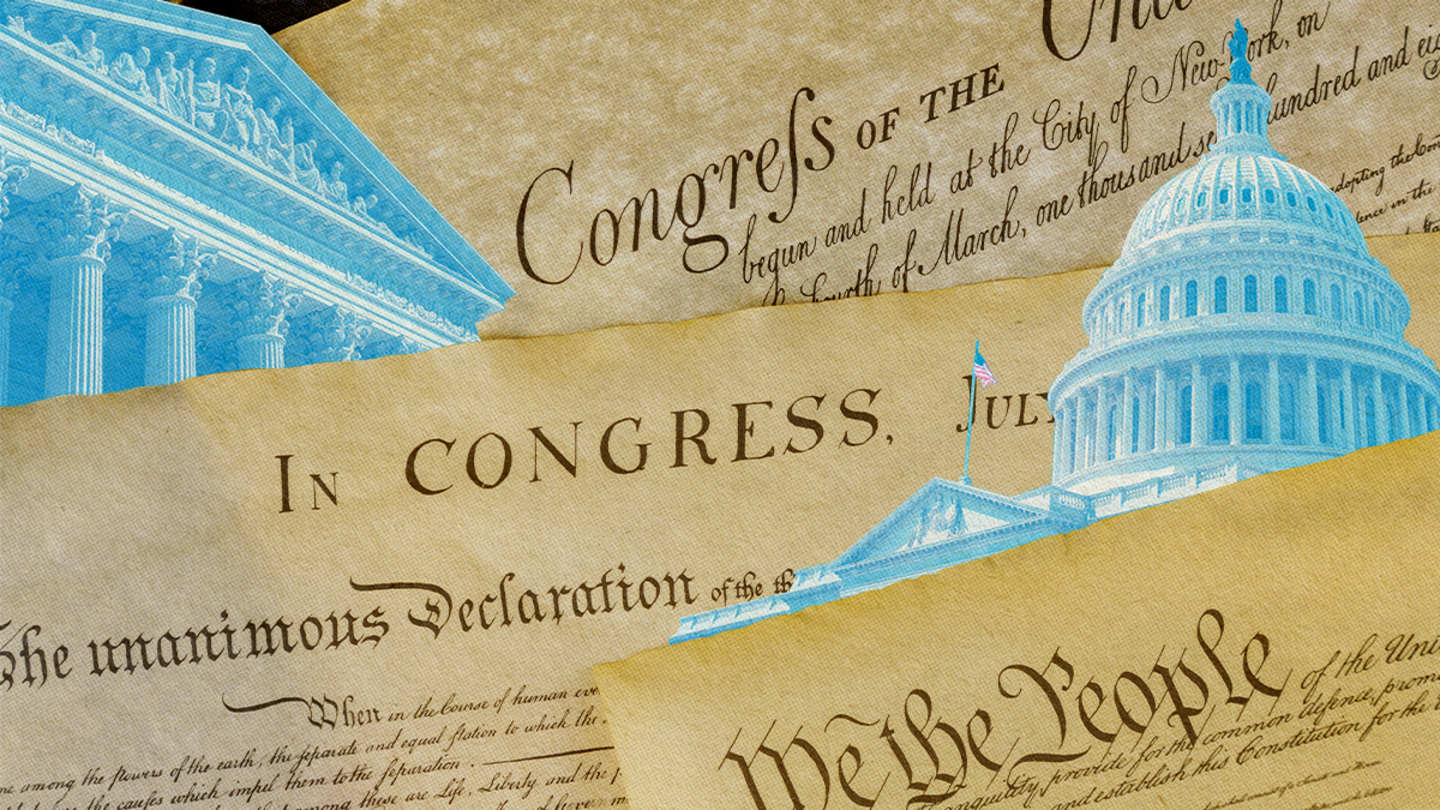
A landmark Supreme Court decision is bringing a return to federalism.
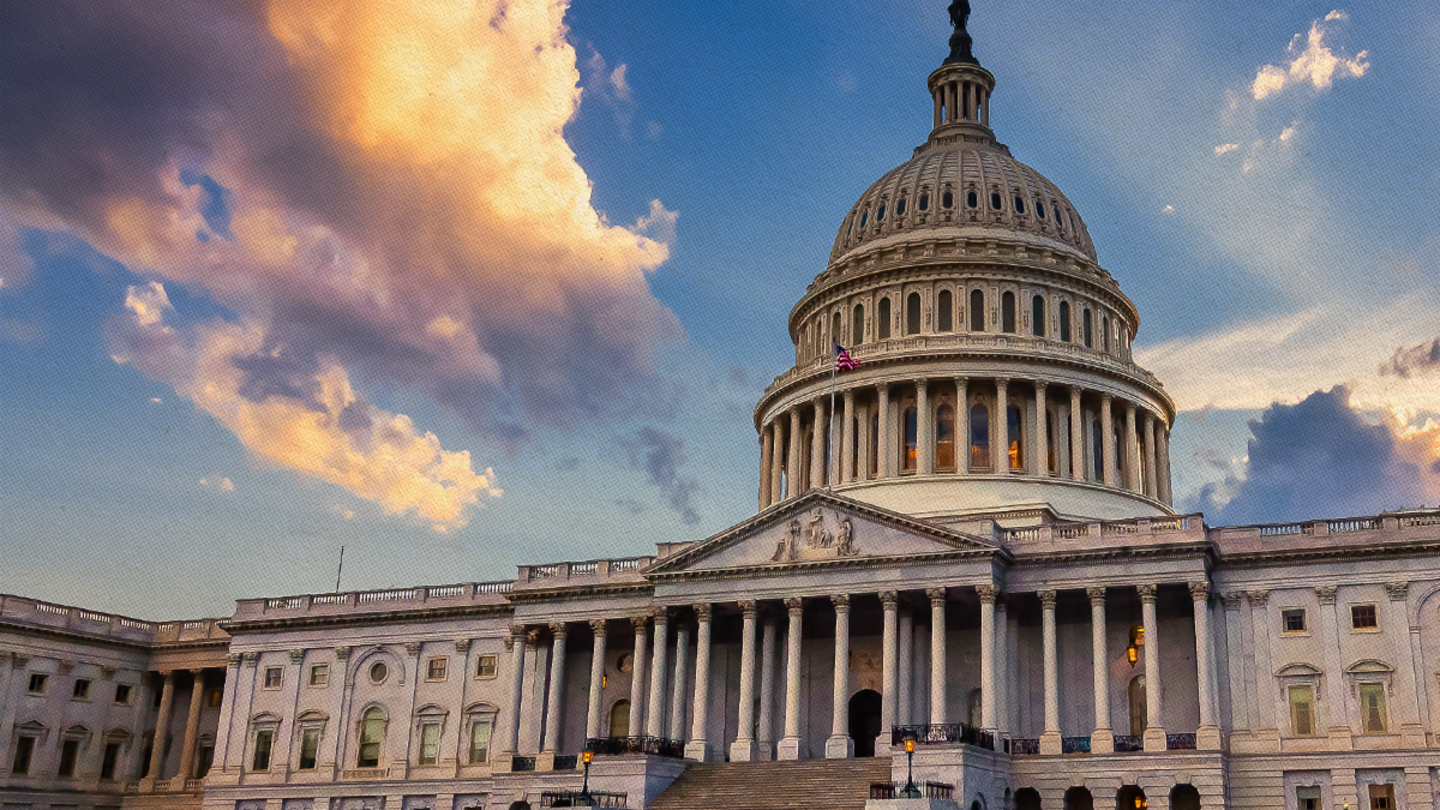
How the Supreme Court decision affects Congress’ job.
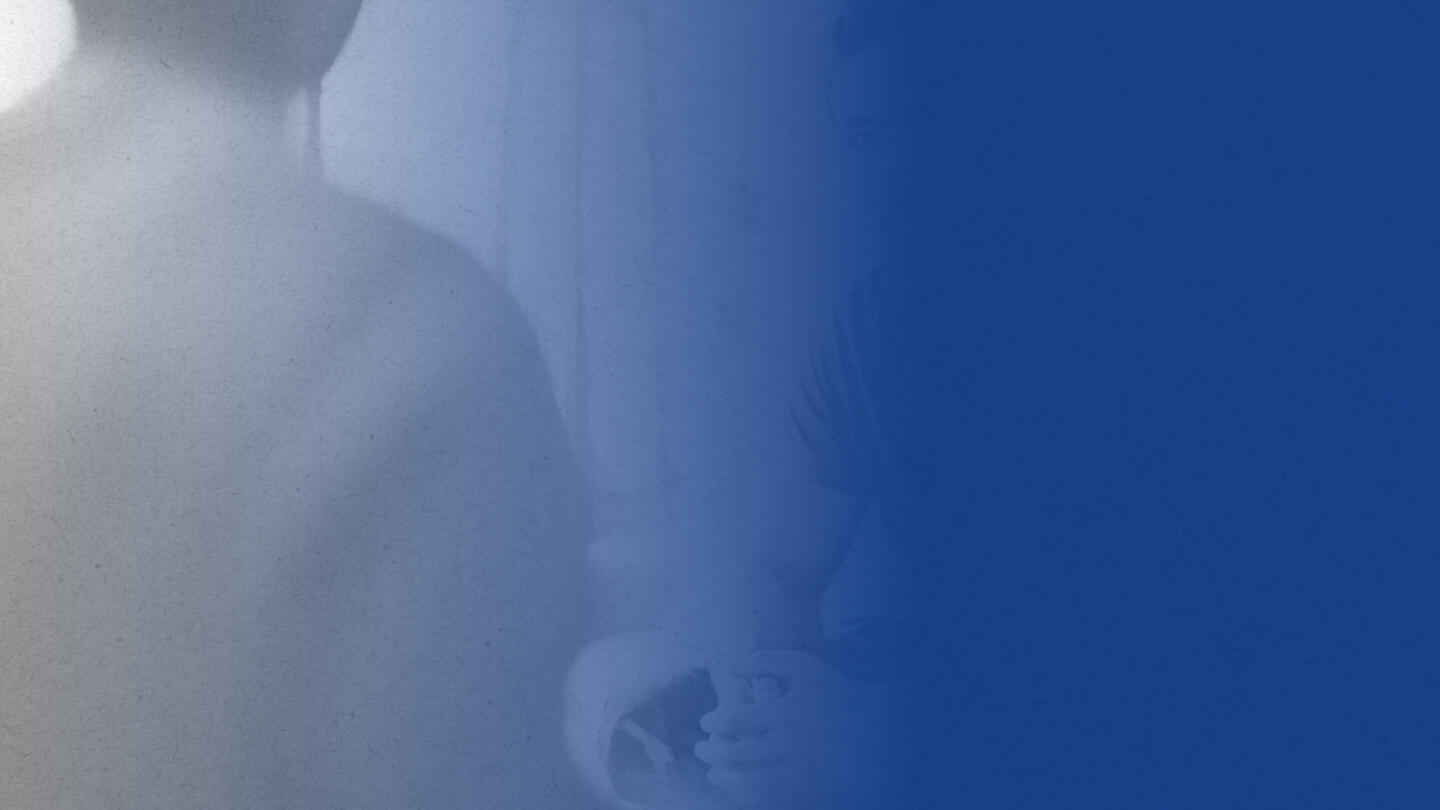
What we think we know about other Americans’ views — and what we get very wrong.
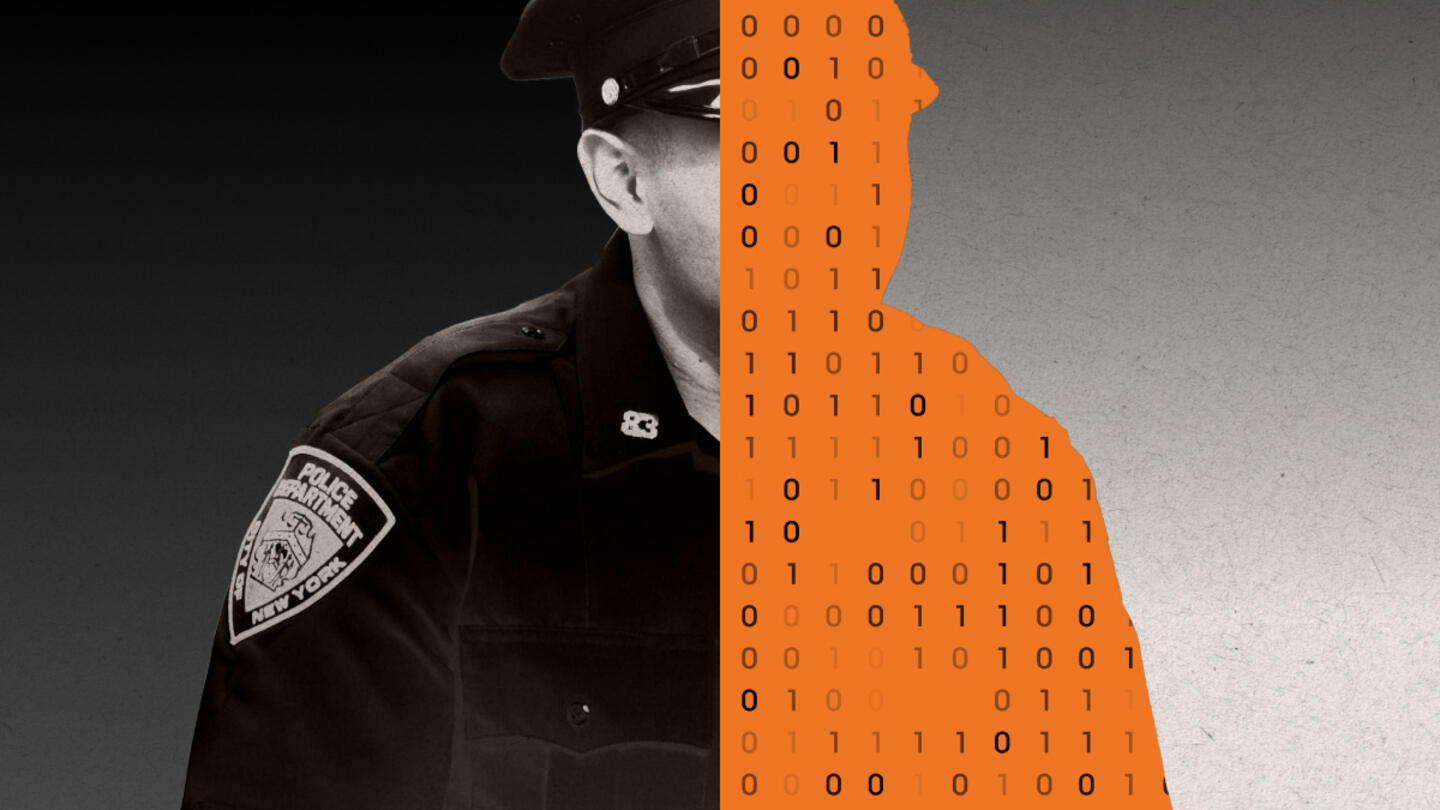
How to maximize new innovations to keep communities safe.
